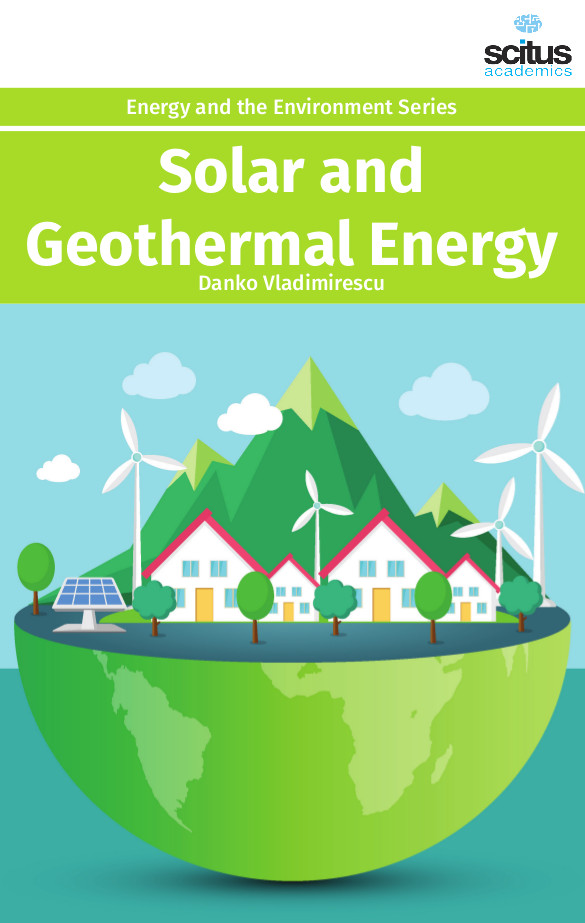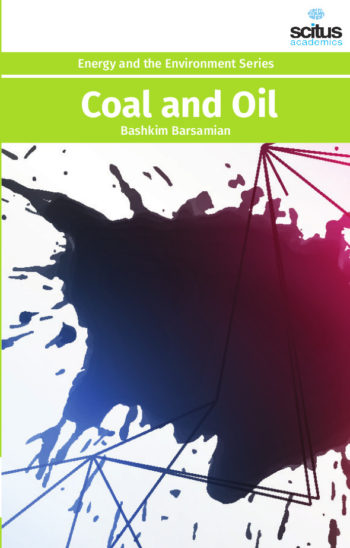Limited reserves of fossil fuels and their negative environmental effects impose significant problems in our energy security and sustainability. Consequently, researchers are looking for renewable energy sources, for instance solar and geothermal energy, to meet the energy demands of a growing world population. However, terrestrial solar energy is a dilute resource per footprint area and is intermittent showing substantial variability depending on the season, time of the day, and location. One strategy to overcome these drawbacks of solar energy is to concentrate and use it for cleaning and upgrading dirty fuels such as coal and other hydrocarbons or converting renewable feedstocks such as biomass into carbon-neutral solar fuels. In this way, the intermittent and dilute solar energy can be concentrated and stored as a chemical fuel which can be easily integrated to our existing energy infrastructure. These advantages of solar fuels produced with concentrated solar radiation make them an attractive solution in our quest for renewable and clean fuels. Geothermal energy has been used since ancient times for hot springs, bathing, under-floor heating and agricultural purposes, traditional applications involving the direct use of heat. Nowadays, the use of geothermal energy for power generation is attracting favorable attention because, unlike other types of renewable energy, it is independent of weather and seasons and can achieve high-load-factor power generation all year round. CO2 emissions are as low as those for nuclear power. Moreover, geothermal energy is both abundant and, in practical terms, unlimited. Japan, with its many volcanoes and hot springs, has great prospective for geothermal power generation. Geothermal power generation is also well established in the U.S., the Philippines, Mexico, and Indonesia. In topical years, Iceland and Kenya have been mainly active in the introduction of geothermal power generation.
This book ‘Solar and Geothermal Energy’ presents the status of energy needs and renewables, potential, utilization and the importance of geothermal energy. It also gives a comparison between geothermal energy and solar energy sources regarding environmental issues. It continues with novel technologies of producing organic fuels through solar heating, geothermal energy techniques, new types of photovoltaic cells, long term use of thermal solar power plants, the efficiency of thermal storage and applications of the Solar power. Therefore, it is expected that geothermal energy and solar energy development will significantly speed up in the future. The overall approach is interdisciplinary, covering the economic, social, and environmental and policy issues from the point of research on solar and geothermal energy. It also tackles the physical and engineering aspects. The book will, therefore, strongly appeal to non-specialist readers who wish to improve their understanding of this multifaceted, attractive and increasingly important subject.













